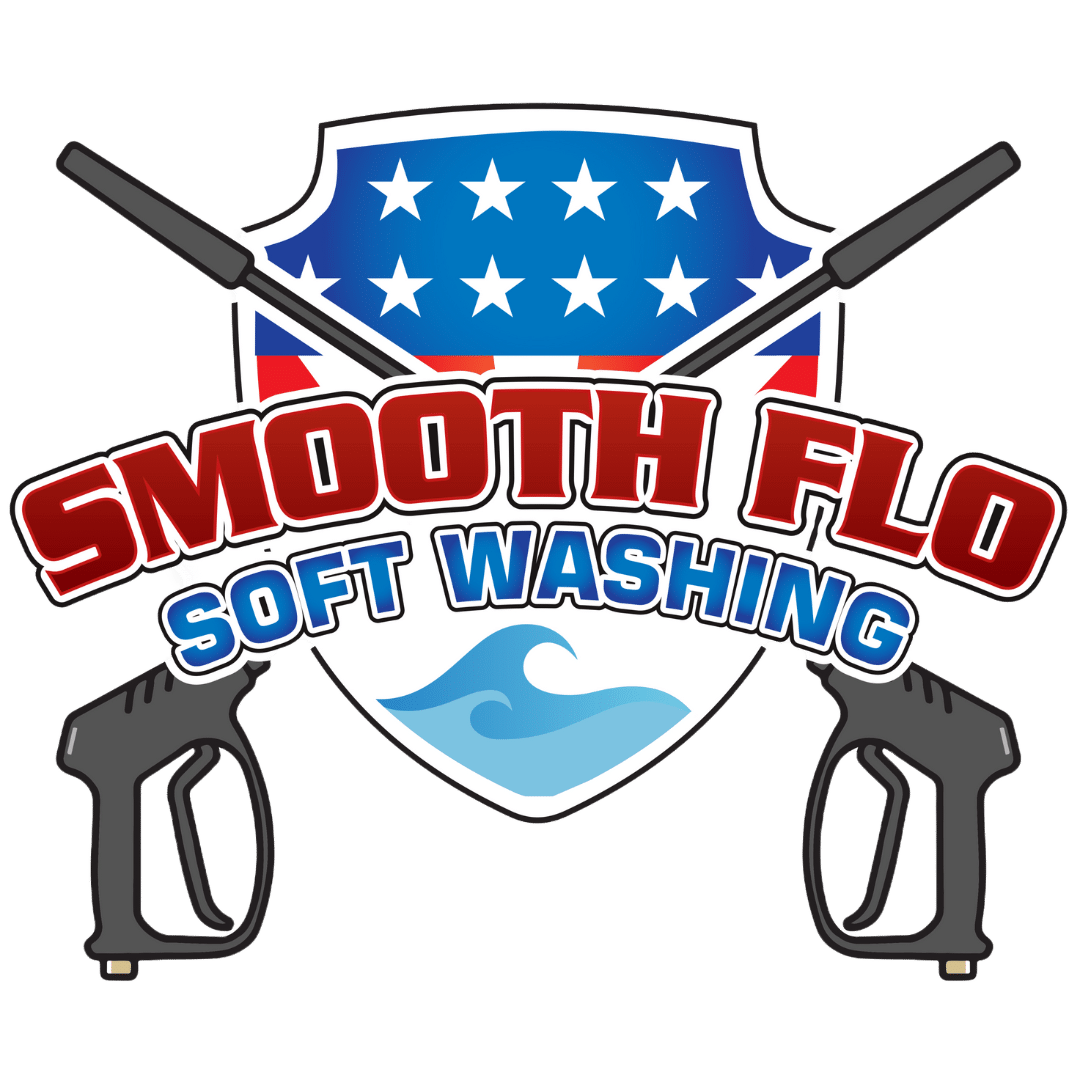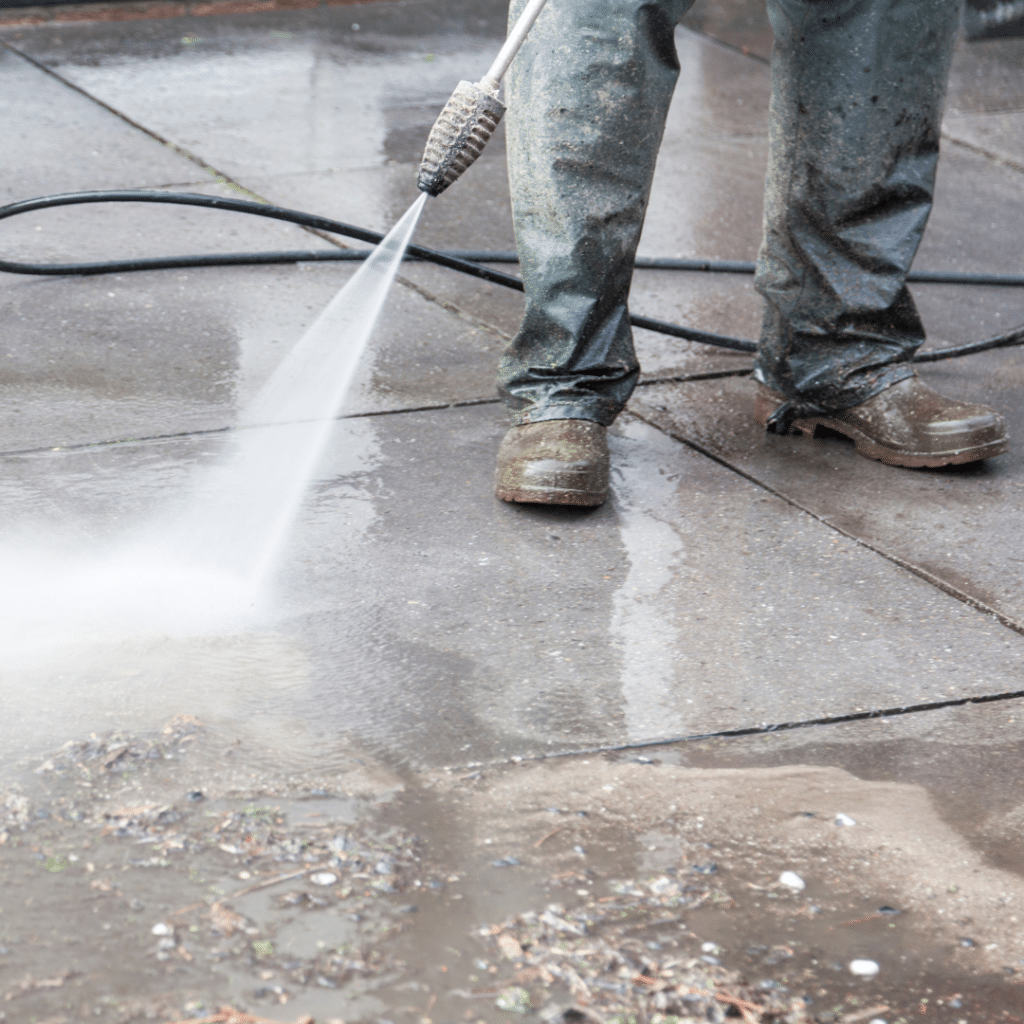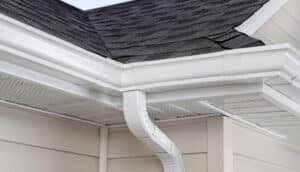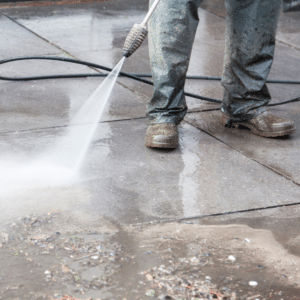Keeping your property’s exterior clean and vibrant not only enhances its curb appeal but also preserves its longevity. With a myriad of cleaning methods available, it’s crucial to understand the differences between them to choose the most suitable one for your needs. Two widely used techniques are pressure washing and soft washing. In this comprehensive guide, we’ll delve into the nuances of pressure washing vs. soft washing, answering common questions and helping you make an informed decision.
What is Pressure Washing?
Pressure washing is a high-pressure cleaning technique that uses pressurized water to remove dirt, grime, mold, mildew, and other stubborn contaminants from various surfaces. This method is particularly effective for sturdy surfaces like concrete, brick, and stone. A pressure washer utilizes a strong stream of water to forcefully dislodge and remove debris, leaving surfaces looking renewed.
What is Soft Washing?
Soft washing, on the other hand, employs a low-pressure approach combined with specialized cleaning solutions to clean surfaces. It’s especially useful for more delicate surfaces like roofs, siding, and painted surfaces. Soft washing prioritizes the use of biodegradable detergents that break down contaminants at a molecular level, eliminating the need for excessive pressure that might damage certain materials.
Pressure washing and soft washing have their own sets of advantages and disadvantages. Pressure washing is highly effective for removing tough stains, accumulated dirt, and grime from hard surfaces. It’s particularly suitable for concrete driveways, sidewalks, and brick walls. Due to the high pressure, it’s a quick cleaning method, making it ideal for larger areas. However, the high pressure can pose a risk of damaging softer surfaces and strip paint. Moreover, pressure washing consumes a higher volume of water compared to soft washing.
Soft washing, on the other hand, prioritizes the safety of delicate surfaces. This method is perfect for fragile surfaces like roofing shingles, stucco, and vinyl siding. Soft washing utilizes biodegradable detergents that not only clean but also inhibit the growth of mold and mildew, leading to longer-lasting results. It’s also environmentally friendly due to its reduced water consumption. However, soft washing might not be as effective on heavily stained or grimy surfaces. Additionally, it can be more time-consuming as it involves the application of chemical solutions and requires professional expertise.
Which Method is Suitable for Your Needs?
The choice between pressure washing and soft washing largely depends on the surface you want to clean and the type of contaminants you’re dealing with. Pressure washing is the go-to option for hard surfaces like concrete driveways, sidewalks, and brick walls. It’s also effective for preparing surfaces before painting or staining. On the other hand, soft washing is perfect for more delicate surfaces such as roofs, siding, wooden decks, and painted surfaces. It’s also highly recommended for surfaces that are prone to mold and mildew growth.
Frequently Asked Questions
1. Which surfaces can be pressure washed or soft washed?
Pressure washing is suitable for concrete, stone, brick, and metal. On the other hand, soft washing is ideal for roofs, stucco, vinyl siding, wood, and delicate painted surfaces.
2. Will pressure washing damage my surfaces?
While pressure washing can be highly effective, it can also pose a risk of damage if not used correctly. The high pressure can damage wood, strip paint, and even etch patterns on surfaces. To ensure proper usage, it’s important to hire professionals who understand the appropriate pressure levels for different materials.
3. Is soft washing environmentally friendly?
Yes, soft washing is typically environmentally friendly. The method prioritizes the use of biodegradable detergents, reducing its impact on the environment. Additionally, the reduced water consumption makes it an eco-friendly option.
4. Can I DIY pressure washing or soft washing?
While small pressure washing tasks might be manageable for DIY, it’s recommended to hire professionals for larger areas or delicate surfaces. Soft washing, in particular, requires specialized equipment and expertise due to the use of chemical solutions.
5. How often should I pressure wash or soft wash my property?
The frequency of cleaning depends on various factors, including climate, location, and the type of contaminants. Generally, pressure washing can be done annually, while soft washing might require less frequent maintenance.
6. Will soft washing prevent mold and mildew growth?
Yes, soft washing solutions often include mildewcides and biocides that inhibit mold and mildew growth, providing longer-lasting results.
In Conclusion
Pressure washing and soft washing are powerful cleaning methods, each with its own set of advantages and ideal use cases. Understanding the differences between these techniques is crucial to achieving optimal cleaning results without causing damage. Whether you’re looking to refresh your deck, rejuvenate your roof, or restore your siding, choosing the right method will ensure a clean and vibrant exterior that enhances your property’s beauty and value. For the best outcomes, consider consulting with professionals who can recommend the most appropriate cleaning solution for your specific needs.



